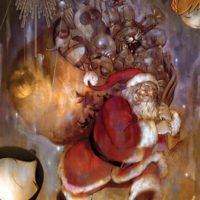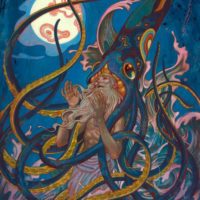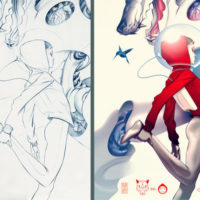3D printing, science fiction come true
Hi how about guys!
This time we want to talk about 3D printing, as it is one of the great trends of recent years in the field of technology. Almost by magic, today it is already a reality the possibility of materializing our designs and projects, at an affordable cost. Imagination is the only limitation for 3D printers.
"Since
In fact, the future that awaits us with 3d printers is overwhelming and today in Exiles from Jupiter, we will explain how they work, the types there are and what they are capable of.
What is 3D Printing?
3D printing is a type of manufacturing by addition, that is, physical objects are created by layers based on a digital model, where software, hardware and materials work together. Although its concept originates in the 80s, it is in recent times that it is gaining more and more strength thanks to its infinite applications.
3D printing technology can be used to create everything from simple parts like mugs, to highly complex products, like parts for aircraft, buildings, and even artificial organs that are produced with layers of human cells.
Types of 3D printing
3D printing technology is becoming more and more reliable for mass production of parts, and every day new ways to apply this amazing technology are discovered. Although all types of 3D printers use the additive process, there are mainly 3 types of ways to print:
Fabrication with Fused Filament (FFF)
Also known asFused Deposition M odelado (MDF). This method of 3D printing melts a plastic filament, which is deposited layer upon layer, until the solid object is created.
The most used materials in this type of printers are ABS plastic (similar to the material of Lego toys) and PLA (a biodegradable polymer that is produced from an organic material). Thanks to its low cost, this type of printing is the most used in the educational field.
Stereolithography (SLA)
This 3D printing method uses UV light , to harden resin layer by layer. It starts from a "base", which is immersed inside a container filled with liquid resin, while a laser solidifies the base, as it leaves the container to create the object. With this technology you can obtain very high quality parts.
Selective Laser Sintering (SLS)
This method of 3D printing is very similar to SLA, but unlike SLA, the material is in powder form. In this way, the laser impacts the powder and melts the material to solidify it (sinter).
Thanks to the fact that cheaper printers are being developed, as well as accessible and easy-to-use 3D software (such as Google SketchUp), today 3D printing is an invention that seems taken from science fiction. That's why we believe its future is promising and at Galahad Studio we believe it will change the way we produce and source things.
Do you think it will change the way objects are produced? Would they eat a cake or agree to use an organ created with this technique?
Don't forget to leave your comments.
Best regards!
















